Perico
Sr. Member
- May 29, 2012
- 333
- 95
Last night I finally had time to cleaned up the Glyptodont tooth and protected it with a product I bought at the Fossil Show in Tampa. It is called Starbond. It is very thin and 100% cyanoacrylate. Here are before and after pictures.
Attachments
-
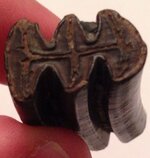 image-2863726124.jpg65.4 KB · Views: 81
image-2863726124.jpg65.4 KB · Views: 81 -
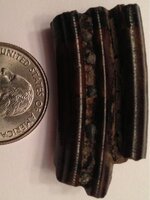 image-2107155224.jpg53.9 KB · Views: 79
image-2107155224.jpg53.9 KB · Views: 79 -
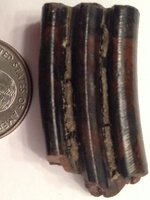 image-2376509767.jpg52.3 KB · Views: 95
image-2376509767.jpg52.3 KB · Views: 95 -
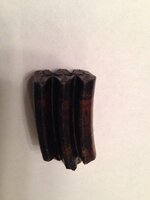 image-878414034.jpg33.7 KB · Views: 76
image-878414034.jpg33.7 KB · Views: 76 -
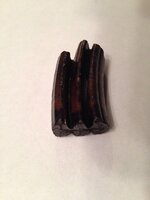 image-2844893325.jpg35 KB · Views: 79
image-2844893325.jpg35 KB · Views: 79 -
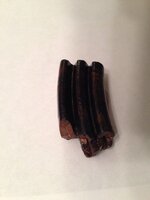 image-3639722284.jpg32.2 KB · Views: 86
image-3639722284.jpg32.2 KB · Views: 86 -
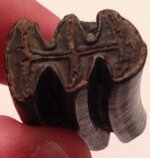 image-3102374845.jpg65.4 KB · Views: 79
image-3102374845.jpg65.4 KB · Views: 79 -
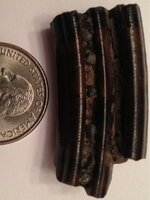 image-1508077071.jpg53.9 KB · Views: 86
image-1508077071.jpg53.9 KB · Views: 86 -
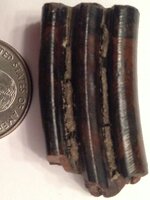 image-1688486814.jpg52.3 KB · Views: 75
image-1688486814.jpg52.3 KB · Views: 75 -
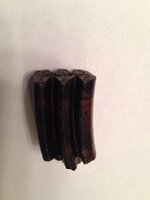 image-4018154149.jpg33.7 KB · Views: 79
image-4018154149.jpg33.7 KB · Views: 79 -
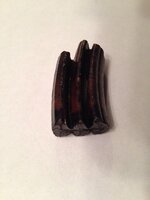 image-2496074393.jpg35 KB · Views: 82
image-2496074393.jpg35 KB · Views: 82 -
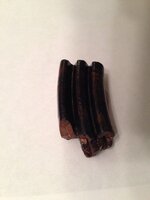 image-4255333314.jpg32.2 KB · Views: 93
image-4255333314.jpg32.2 KB · Views: 93
Last edited:




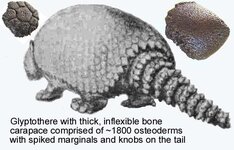
 ....Thanks for the picture Harry! Seems I proved my "dummy-ness" by not realizing my "Glyptotherium" was your " Glyptodont" lol....is Glyptotherium a classification or...? Did I miss a post Perico telling how & where you found it, guess I should check. Sorry, love this stuff but don't know that much about it yet.
....Thanks for the picture Harry! Seems I proved my "dummy-ness" by not realizing my "Glyptotherium" was your " Glyptodont" lol....is Glyptotherium a classification or...? Did I miss a post Perico telling how & where you found it, guess I should check. Sorry, love this stuff but don't know that much about it yet. 

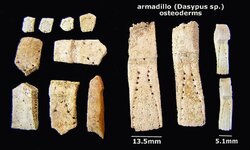
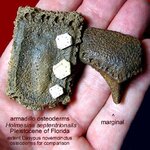
 GatorBoy...you're right about my cat & You're moms! Wow...28 toes...wonder if it makes a difference in how they move/climb with those "extras"?
GatorBoy...you're right about my cat & You're moms! Wow...28 toes...wonder if it makes a difference in how they move/climb with those "extras"?